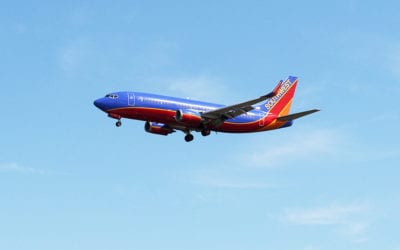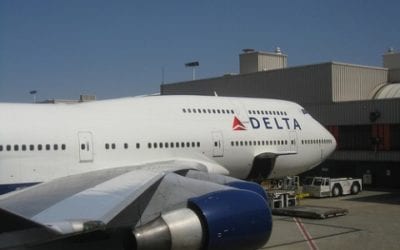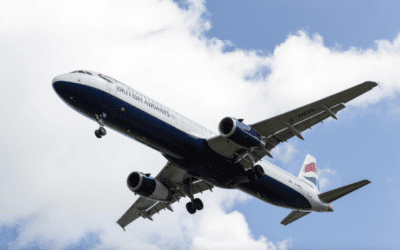
“Co-pay” may be a five letter hyphenated word, but it’s a four-letter word to many frequent travelers. United Airline’s decision to add cash payments to mileage upgrades this year ranks as, perhap,s one of the most unpopular things the airline has done.
Because while infrequent travelers may save their miles for free tickets, what many frequent travelers really want as a perk is a chance to get out of the cattle car seating in back. While premium travel isn’t what it was, it’s still, usually, a lot more comfortable than coach — especially on international flights.
But now, fliers who have saved up miles for those coveted upgrades find out that mileage is not enough: They need to pay both miles and cash. It’s is a hassle for both business and leisure travelers. Business travelers find the co-pay can be hard to get reimbursed. Leisure travelers complain that more money comes out of their pockets.
Today, United Airlines made a gesture of goodwill towards their elite members. It’s not as generous as it might appear.
The gesture — eliminating co-pays for elites within the continental U.S., Alaska, and Canada. Co-pays on those routes were only $50-$100. Notice any major omission? Yes, Hawaii — one of the most popular awards.
Curiously, the first class seats to Hawaii just might be the worst in United’s system. They are packed closer together than on most domestic flights, so close that exit row coach seats have more legroom. (The reason — there is no business travel to speak of on those routes, so no need for the airline to be competitive.)
Not only is Hawaii not on the list of eliminated co-pays, the co-pay amounts remain almost as high as those for international flights — $300 each way for mostly highly discounted fares. Yes, EACH WAY. This means travelers on the West Coast often find themselves paying more for the upgrade than the ticket plus, 35,000 miles roundtrip.
Europe, another popular award destination, takes 40,000 miles and $500 each way for upgrades on the lowest fares. During fall and winter, these co-pays can also cost more than the price of the ticket. (Once I even found a discounted business class fare to Europe that was less than the price of a coach ticket plus co-pay; and that wasn’t even considering the value of the miles awarded for business travel.)
Admittedly, eliminating co-pays in some markets is better than nothing. There is one other catch. It is a seemingly innocuous rule — the waiver is for elite members and traveling companions on the SAME record.
Having names on the same record has other ramifications. Putting three or four people on one record does seem to make it harder to clear upgrades in advance than splitting say, two and one or two and two. In addition, if one person is returning on a different flight, the co-pay waiver will not apply even on the flights where that person is traveling with the elite member.
In a situation where a business traveler has to book through his or her company and their travel companion books separately, they are out of luck.
If United really wants to be appreciated by their elite members, perhaps the next step could be loosening up the “same record” restriction. Or, perhaps they might consider lowering the co-pays on international routes, especially in the off-season.
We can dream, can’t we?
Janice Hough is a California-based travel agent a travel blogger and a part-time comedy writer. A frequent flier herself, she’s been doing battle with airlines, hotels, and other travel companies for over three decades. Besides writing for Travelers United, Janice has a humor blog at Leftcoastsportsbabe.com (Warning, the political and sports humor therein does not represent the views of anyone but herself.)



